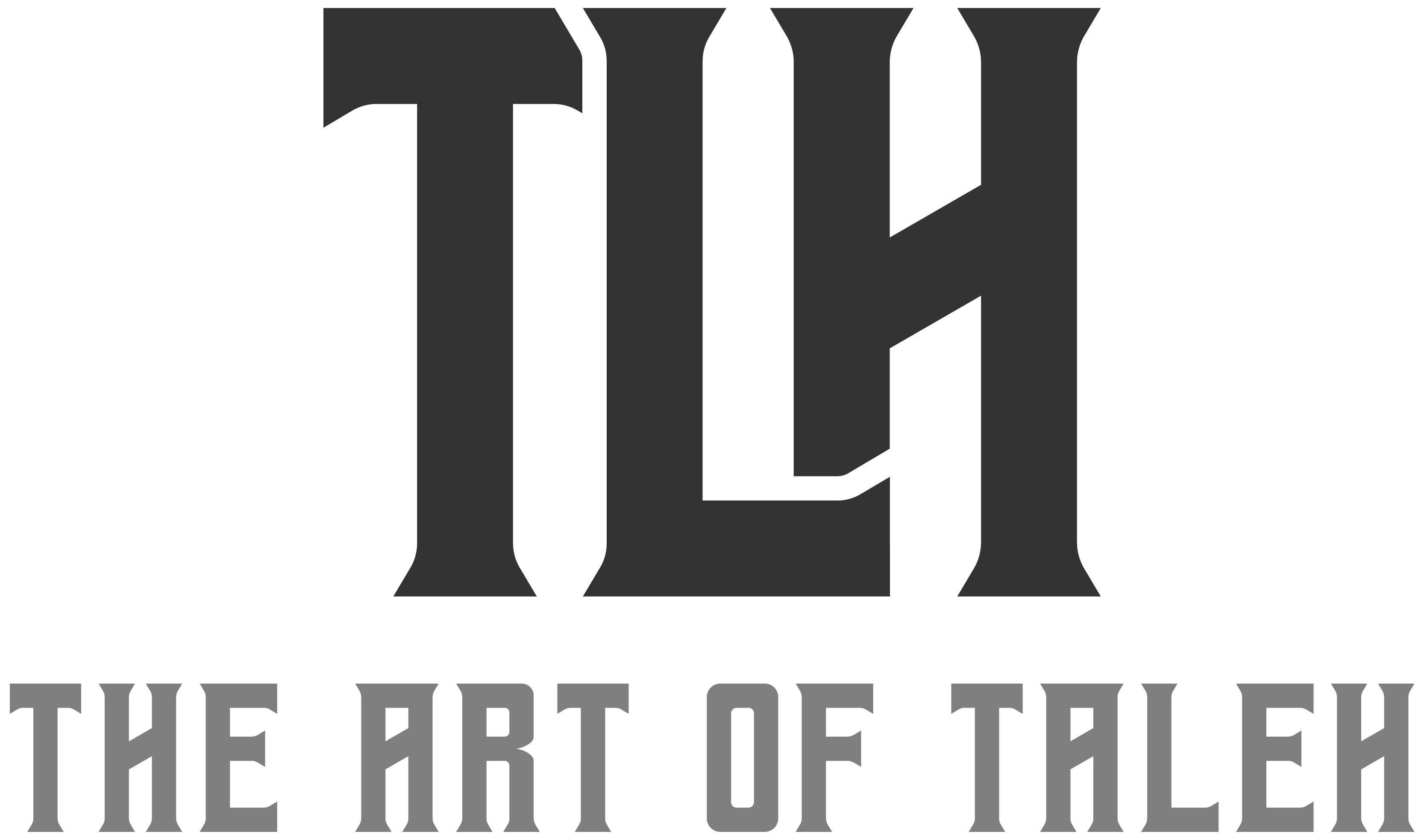The title of this blog – Taleh – has a dual meaning.
- In its abbreviated form, “tlh” represents the type of biblical analysis that we are presenting and excursing through, namely a theological (t)–literary (l)–historical (h) analysis.
- The specific term “Taleh” is a Hebrew word meaning “lamb” (טָלֶה) that has as its root the three alphabet letters “t”, “l” and “h”. Not only is this a unique word as it only appears three times in the Old Testament (cf. 1 Samuel 7:9, Isaiah 40:11 and Isaiah 65:25), thereby sharing affinities with the uniqueness of our analytical approach, but it is also a word that creates intertextual references to Christ, who is the “lamb of God”, and who is the ultimate focus and purpose for our analysis.
If anything else, it is a fun play on words that seeks to be both academically- and practically-minded!
On our website, we love honing in on literary units within Scripture and using the Taleh Approach to analyze them. We believe that every passage of Scripture contains theological, literary and historical significance, and that studying all three of these elements together will help us get at the heart of the text’s meaning.
We also mention literary techniques and biblical theories from time to time, and you can read more on definitions and terms on our Glossary page.
The goal of the Taleh approach is bring together the mind and the heart. Too often, one is emphasized over the other, leaving devotions either “too intellectual” or “too emotional.” We are committed to showing how the profound truths of Scripture have application in our everyday lives. So, let’s go deep, be continual learners of God’s Word, and let’s make it personal.

